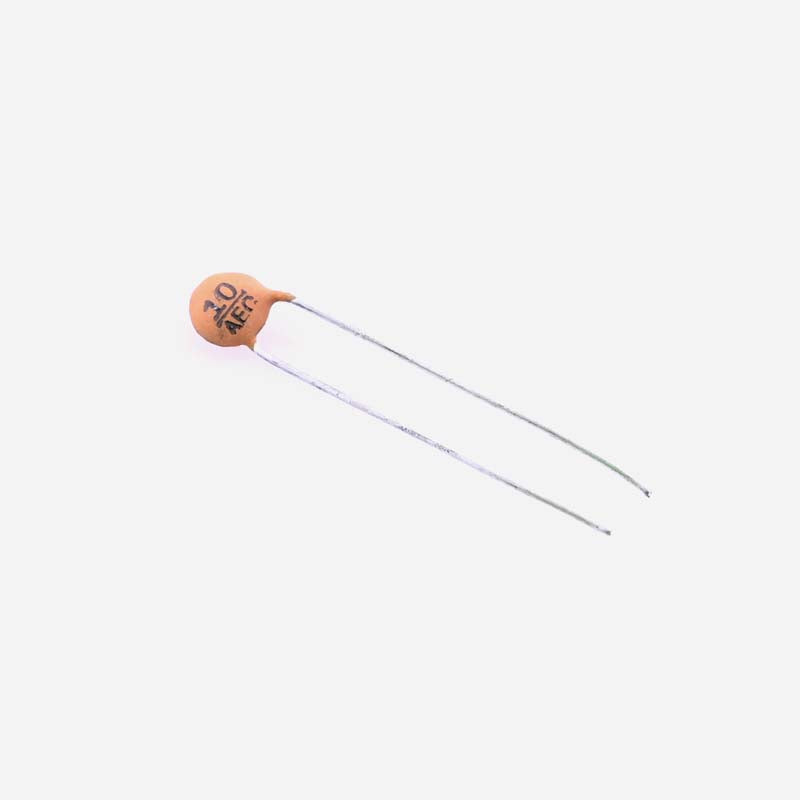Capacitors are essential components in electronic circuits, playing a crucial role in storing and releasing electrical energy. While their primary function is often associated with storing charge, many wonder if capacitors can convert direct current (DC) to alternating current (AC). In this article, we will delve into the intricacies of capacitors and explore their capabilities in DC to AC conversion.
Understanding Capacitors:
Before we dive into the conversion process, let's establish a solid understanding of capacitors. A capacitor consists of two conductive plates separated by an insulating material known as a dielectric. When a voltage is applied across the plates, an electric field is created, causing the accumulation of charge on each plate. This stored charge can be released when needed, making capacitors versatile components in electronic systems.
DC to AC Conversion:
While capacitors alone cannot directly convert DC to AC, they can be utilized in conjunction with other components to achieve this transformation. One such method involves using capacitors in combination with an inverter circuit. An inverter circuit takes the DC input and generates an AC output by rapidly switching the polarity of the voltage using transistors or other electronic switches.
The Role of Capacitors in DC to AC Conversion:
Capacitors play a vital role in the DC to AC conversion process by smoothing out the voltage waveform. As the inverter circuit switches the polarity of the voltage, it creates a square wave or a modified sine wave. However, these waveforms may contain harmonics and undesirable fluctuations. Capacitors are employed to filter out these irregularities, resulting in a more stable and sinusoidal AC waveform.
Capacitor Selection and Design Considerations:
To ensure efficient DC to AC conversion, careful consideration must be given to capacitor selection and design. The capacitance value, voltage rating, and dielectric material are crucial factors to consider. Capacitors with higher capacitance values can store more charge, allowing for smoother voltage transitions. Additionally, selecting capacitors with appropriate voltage ratings ensures they can handle the voltage fluctuations encountered during the conversion process. The choice of dielectric material also impacts the capacitor's performance, as different materials exhibit varying levels of energy storage and discharge efficiency.
Applications of DC to AC Conversion:
The ability to convert DC to AC using capacitors and inverter circuits finds applications in various fields. One prominent application is in renewable energy systems, such as solar power generation. Solar panels produce DC electricity, which needs to be converted into AC for efficient distribution and utilization. Capacitors, along with inverters, facilitate this conversion, enabling the integration of solar energy into the power grid.
Conclusion:
While capacitors alone cannot directly convert DC to AC, their role in smoothing voltage waveforms is crucial in the overall conversion process. By working in tandem with inverter circuits, capacitors help generate stable and sinusoidal AC waveforms. Understanding the selection and design considerations for capacitors in DC to AC conversion is essential for efficient and reliable system performance. The applications of this conversion process extend to various industries, contributing to the advancement of renewable energy systems and beyond. Capacitors truly are remarkable components that unlock the potential of electrical energy conversion.

